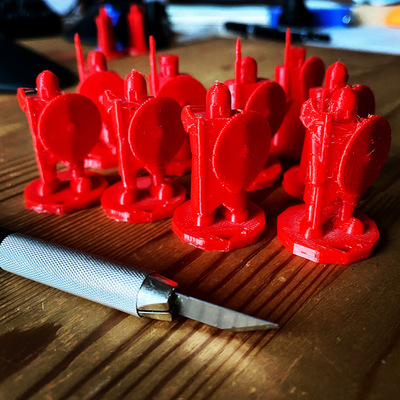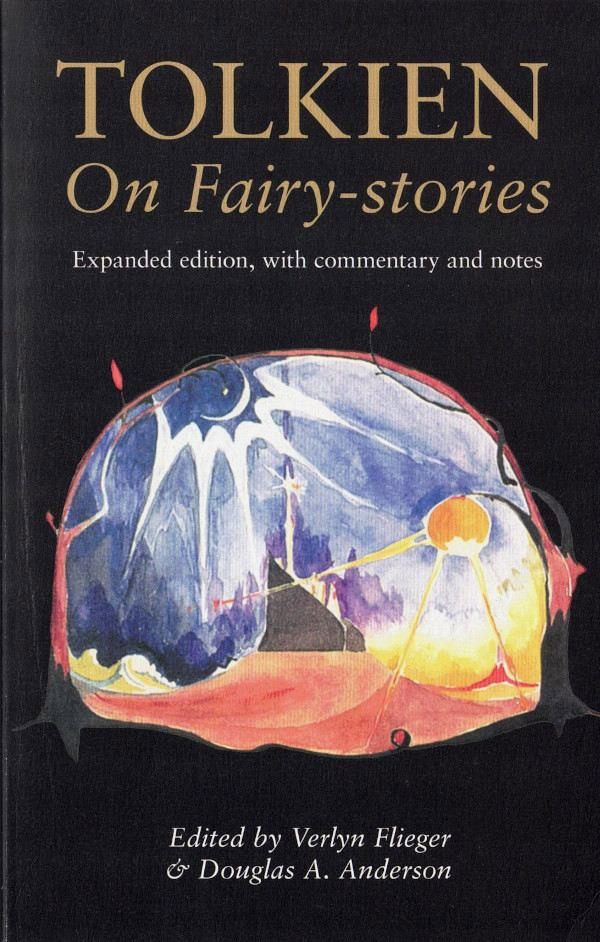
|
On Fairy-Stories |
| 2021-12-21 |
On Fairy-Stories

I am not done with Playing at the World, far from it, in fact I am still in its initial chapters, specifically the one that details the why to the setting to Chainmail and then Dungeons & Dragons.
Concurrently, I am reading Tolkien's On Fairy-stories. That maps nicely with the bigger book above (that references the smaller and earlier book).
(I usually have one book downstairs and one book upstairs, they don't follow me, I pick up the one closest at hand)
Here is an extract from this 1939 Tolkien lecture:
Children are capable, of course, of literary belief, when the story-maker's art is good enough to produce it. That state of mind has been called 'willing suspension of disbelief'. But this does not seem to me a good description of what happens.
What really happens is that the story-maker proves a successful 'subcreator'. He makes a Secondary World which your mind can enter. Inside it, what he relates is 'true': it accords with the laws of that world. You therefore believe it, while you are, as it were, inside. The moment disbelief arises, the spell is broken; the magic, or rather art, has failed. You are then out in the Primary World again, looking at the little abortive Secondary World from outside.
If you are obliged, by kindliness or circumstance, to stay, then disbelief must be suspended (or stifled), otherwise listening and looking would become intolerable. But this suspension of disbelief is a substitute for the genuine thing, a subterfuge we use when condescending to games or make-believe, or when trying (more or less willingly) to find what virtue we can in the work of art that has for us failed.
